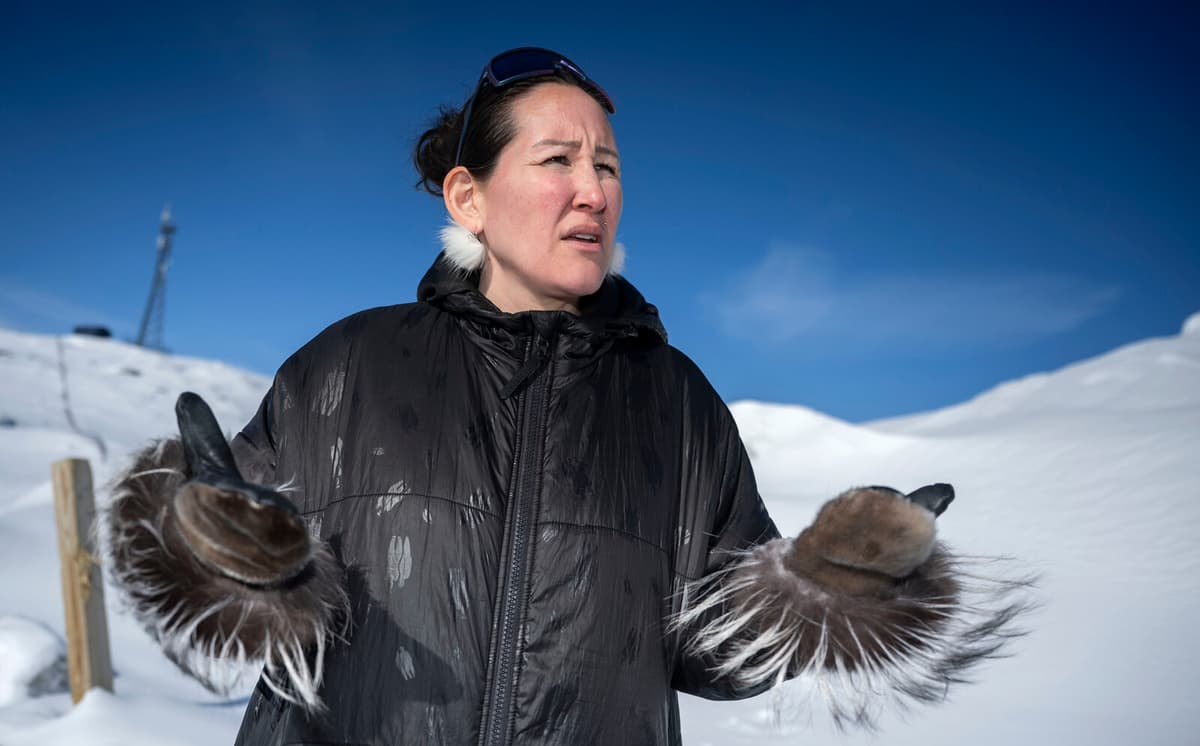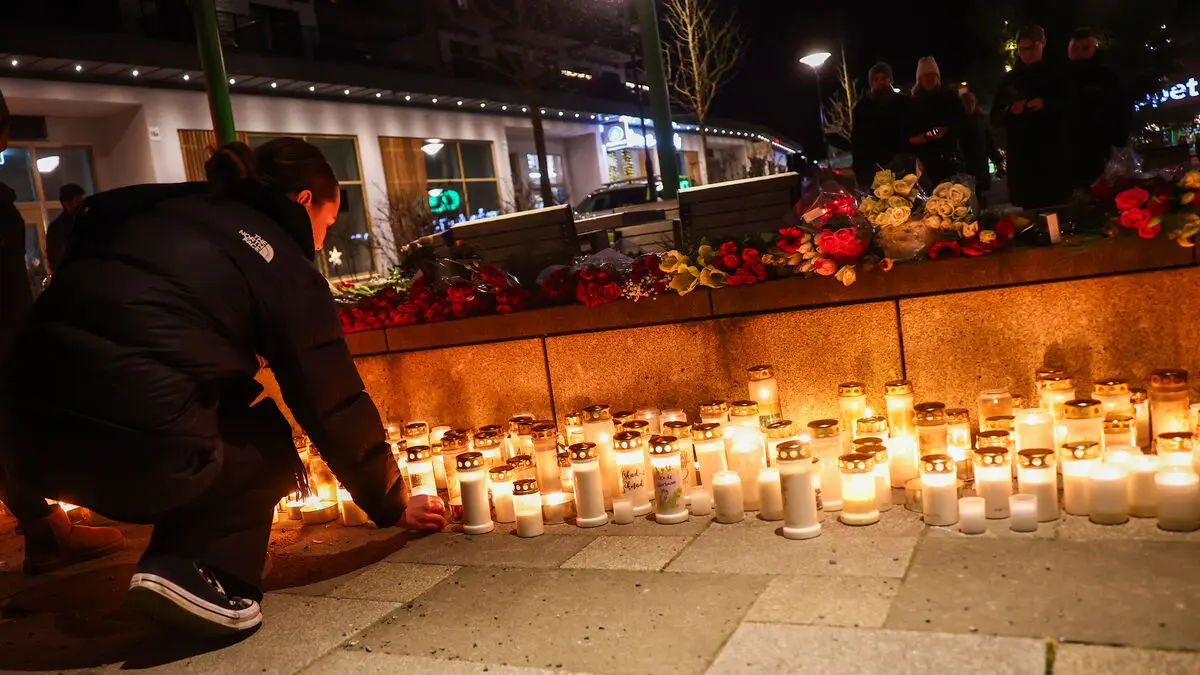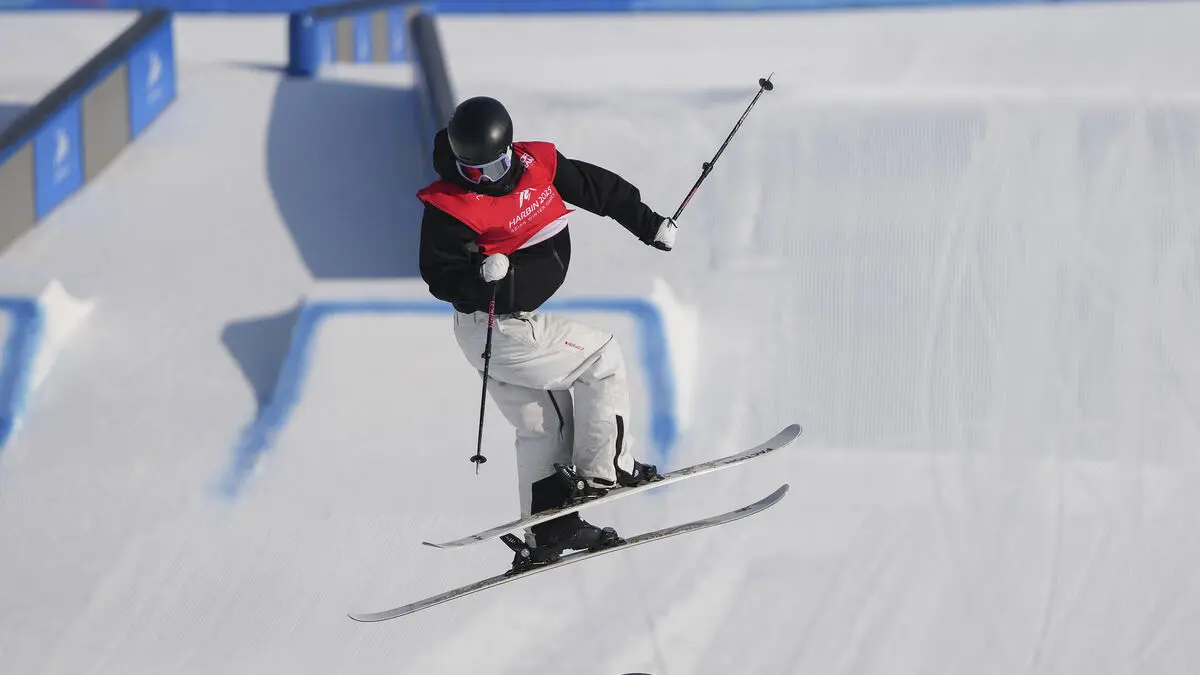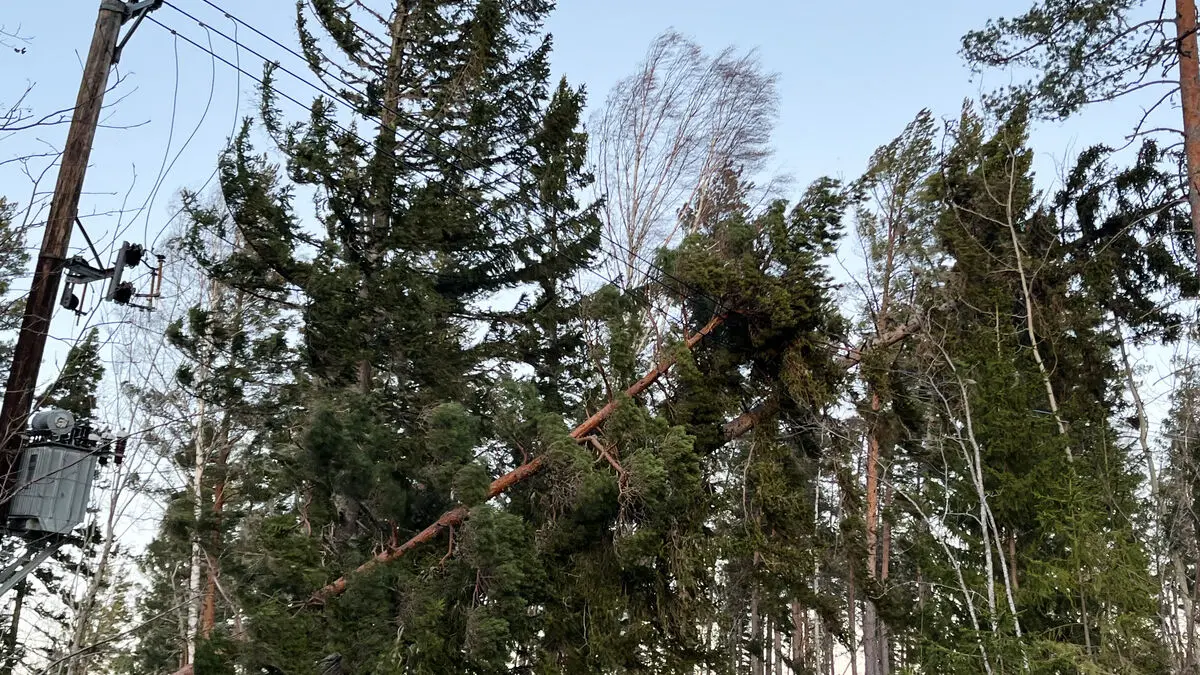For Qupanuk Olsen, everything changed when Donald Trump Jr. visited Nuuk in early January and subsequently accused Denmark of racism towards Greenlanders.
Some thought it was unsettling, but it has also been the biggest eye-opener ever for us Greenlanders. Now people are listening to us. You can say what you want, but Trump has given us a voice, she says.
Has set a value on the island
Even though Donald Trump has made statements about not ruling out military means to take over the island, Qupanuk Olsen believes he has set a value on the island that Greenland should utilize.
For her personally, the visit meant a new conviction that independence is fully possible – that it's not just a dream among Greenlanders, but something realistic.
Shortly after, she joined the political party Naleraq, which ran on a platform of Greenland breaking free from Denmark through a referendum on independence.
I felt it was now or never. It's here and now we have an opportunity to influence the younger generation – those who haven't grown up with the attitude that we can't make it without Denmark.
But the election in March was a disappointment: A clear majority voted for parties that advocate for a slower process and negotiations with Denmark.
In contrast to Qupanuk Olsen, several Greenlanders expressed concern that Donald Trump would exploit the independence process – and that Greenland would again risk being colonized, this time by the USA.
Thinking that another country would colonize us if we became independent is such a colonized way of thinking. I don't want to become part of the USA either, and I think the way they've handled this situation has been terrible. All other countries in the world cooperate with each other. It's high time we do the same, and look for cooperation partners that give us the most in return.
Wants the mining industry to flourish
She envisions a future where Greenland is the new Iceland – a place where tourists from all over the world flock to, where the fishing industry is no longer dependent on trade agreements negotiated by Denmark, and where the mining industry flourishes.
The mining industry has enormous potential, she says, referring to the island's rare earth metals, which are crucial in the green transition.
In the future, maybe 10 to 15 years from now, I believe the price of rare earth metals will rise, and it will become profitable to invest. Right now, it's too expensive, since you have to start from scratch. Greenland lacks the necessary infrastructure, and we don't have enough labor.
Per Kalvig, a researcher at the National Geological Surveys for Denmark and Greenland (GEUS), agrees that the lack of infrastructure has made investments in Greenland less attractive.
At the same time, he believes the situation is more complex, and he has repeatedly questioned the speculations about Donald Trump's real interest in Greenland being about the island's rare earth metals.
Generally, the interest in investing in mineral exploration in Greenland has not been particularly great, at least not compared to, for example, Sweden. Greenland's legislation for licenses does not differ from other countries, he says.
American companies can already apply for permits today. The USA also has its own deposits of rare earth metals. Their biggest problem is that they don't have control over the entire production chain.
China holds the technology
According to him, the reason investors haven't flocked to Greenland yet is that it's not profitable.
The biggest mistake many make is that they only look at the final price. It's not the mining itself that generates the most money. These rare earth metals need to be processed before they can be sold on the market – it's not like iPhones come directly out of the mines.
Right now, China is essentially the only country with the knowledge, technology, and industries required to process rare earth metals.
Qupanuk Olsen doesn't see it as a problem that potential investments in the mining industry are far off and emphasizes that natural resources also include the fishing industry and nature tourism.
According to her, it could contribute to Greenland being able to manage without Denmark's annual billion-kroner subsidy.
The defense, which Denmark currently controls, she believes could be resolved through a so-called free association agreement, similar to the one the Marshall Islands have with the USA, where the highest bidder wins.
If the USA wants Greenland, they can take us tomorrow. There's nothing we can do. It's Denmark that's supposed to defend us, but it's the USA that defends Denmark. So I don't see that as an argument against independence either, she says.
Greenland is classified as the world's largest island with an area five times that of Sweden. On the island, around 57,000 inhabitants live, and the largest city is Nuuk. Greenlandic is the official language, but Danish plays a significant role in public activities.
In the 1720s, the island became a Danish colony on the initiative of the missionary Hans Egede. In 1979, the island gained limited but relatively extensive self-governance, with its own legislative assembly and government (the Landsting and Landsstyret). Denmark has retained control over, among other things, foreign, defense, and monetary policy.
Denmark pays an annual financial subsidy to Greenland. Last year, the total amount was around 5.5 billion Danish kronor.
The USA has considered buying Greenland at least three previous times. The first time was in 1867, in connection with the USA's purchase of Alaska from Russia. In 1946, President Harry S. Truman offered 100 million dollars for the island, which Denmark rejected. In 2019, Donald Trump expressed his desire to buy the island for the first time, which Prime Minister Mette Frederiksen called absurd.
The question of whether Greenland should become independent has often been relevant. A series of opinion polls have shown that a large majority of the population wants the island to break free from Denmark.
Denmark has a defense agreement with NATO partner USA from 1952, which gives the American military significant leeway on Greenland. There are, among other things, radar stations that provide the opportunity to monitor the airspace over the North Pole.
Source: Landguiden/UI, Tv2, Ritzau





